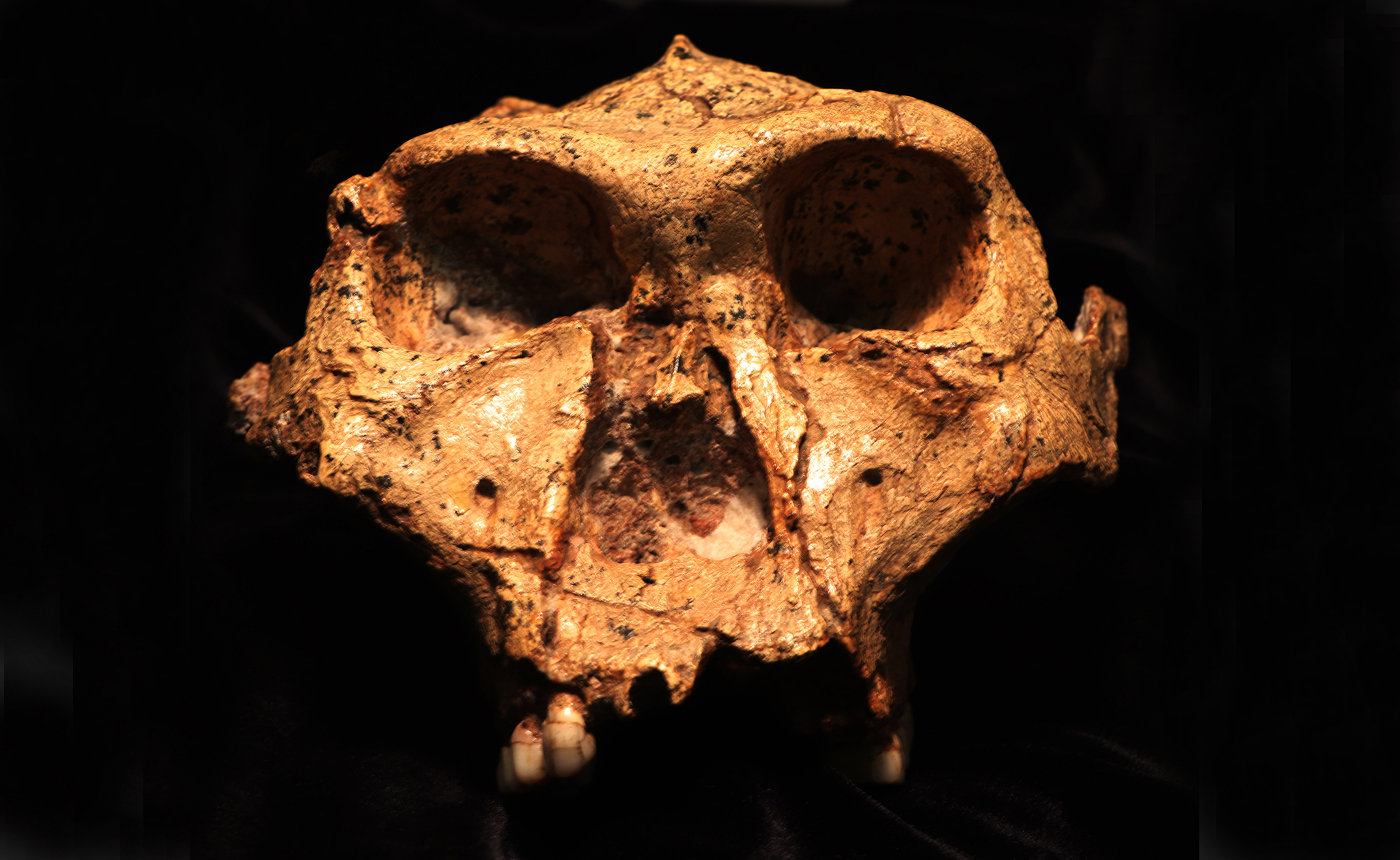The teeth are from Paranthropus robustus, an extinct hominin genus that emerged and evolved in Africa between 2.8 and 1.2 Ma. It is considered to be a side branch of our evolutionary tree. It walked on two legs and co-existed with early species of Homo in Africa, possibly interacting.
The work, published in the journal Science, marks a significant breakthrough in human evolution studies. It provides some of the oldest human genetic data from Africa and reveals previously undetected genetic variability.
“Because we can sample multiple African Pleistocene hominin individuals classified within the same group, we’re now able to observe not just biological sex but, for the first time, genetic differences that might have existed among them,” says the study’s co-lead Palesa Madupe.
Madupe is a postdoctoral research Fellow at the Globe Institute at the University of Copenhagen and research associate at the Human Evolution Research Institute (HERI) at the University of Cape Town.
The researchers used a technique called palaeoproteomics to retrieve ancient protein sequences from the teeth of four Paranthropus robustus fossils recovered from the cave site Swartkrans.
 The three lead authors of the paper with a replica of Paranthropus robustus (SK 48), Dr Palesa P Madupe, Dr Claire Koenig and Dr Ioannis Patramanis. (Photo: Victor Yan Kin Lee)
The three lead authors of the paper with a replica of Paranthropus robustus (SK 48), Dr Palesa P Madupe, Dr Claire Koenig and Dr Ioannis Patramanis. (Photo: Victor Yan Kin Lee)
Solving the riddle
Using state-of-the-art mass spectrometry techniques, they partially reconstructed the ancient enamel protein sequences from the teeth. They found that two of the fossils are male and two are female. But how was this done?
Madupe explains: Among the proteins found in tooth enamel, there’s one called amelogenin. This protein is unique because its genetic instructions are located on the sex chromosomes: biological females have a version called amelogenin X, while biological males have both amelogenin X and amelogenin Y.
“We used mass spectrometry to detect which protein fragments are present in the fossilised teeth we are analysing. The precise detection of amelogenin Y protein fragments allows us to confidently identify that specimen as belonging to a male individual.
“The challenge comes when we only detect amelogenin X protein fragments, as this could indicate either a female or a male individual whose amelogenin Y is not measured.
“To solve this, we developed a quantitative method for increasing certainty that the lack of amelogenin Y detection proves that those individuals are females.”
Eventually, two were identified as male and two as female, just by tiny ancient proteins.
Ancient diversity
A single genetic variant in another protein, enamelin, was also identified that differentiated the four specimens from one another.
Two specimens carried one version of the protein, a third carried another and a fourth specimen appeared to carry both.
Their methodology allows for the partial recovery of the amino acid sequences of specific proteins from dental enamel.
“You can imagine this ‘amino acid sequence’ as a sequence of letters, with each letter corresponding to a specific amino acid [and with 20 possible letters to choose from for each position of the sequence]. An amino acid sequence is usually characteristic of a species; members of the same species will have the same sequence of letters for a protein.
“When we recovered and looked at the enamelin sequence of the four specimens, we saw that the sequences differed at one letter; they had ‘a single genetic variant’.”
Ioannis Patramanis and Claire Koenig, co-leads from the University of Copenhagen, explained that there are a number of reasons this difference could have occurred. For example, it could be that Paranthropus robustus has a high genetic diversity, or that the four samples belong to different populations or subspecies of Paranthropus, or that we sampled the same species but at different time points in its evolution.
“When studying proteins, specific mutations are thought to be characteristic of a species and, as such, used to identify it. We were thus quite surprised to discover that what we initially thought was a mutation uniquely describing Paranthropus robustus, was actually variable within that group; some individuals had it while others did not,” says Patramanis.
The future and DNA
HERI co-director Rebecca Ackermann was a senior author on the study, with contributions from co-director Robyn Pickering and several HERI research associates.
“Being able to accurately determine the sex of ancient fossils is a big breakthrough as it allows us to determine whether the variation we see in a sample is due to sexual dimorphism or other factors such as taxonomic diversity,” says Ackermann.
“This has the potential to help us understand sex-related differences in morphology and behaviour. It also provides some control for determining how many species are being sampled. It also may provide direct evidence for understanding the hominin family tree, though this is based on a very small amount of genetic information, so we need to be very cautious in these interpretations.
“Palaeoproteomics does give us insight into genetics, as DNA encodes proteins, so we can work backwards to reconstruct DNA sequences.
“But it’s important to remember that the enamel proteome is very small, so this is just a tiny bit of genetic information. At this point, ancient proteins are our only genetic information for deep-time African fossils.
“DNA preservation is poor in African environments, and so far our time depth for understanding human evolution from ancient DNA in Africa is only about 20 thousand years. Only time will tell whether this can be pushed back further!” says Ackerman. DM




 The three lead authors of the paper with a replica of Paranthropus robustus (SK 48) are Dr. Palesa P.
Madupe, Dr. Claire Koenig and Dr. Ioannis Patramanis. (Photo: Victor Yan Kin Lee)
The three lead authors of the paper with a replica of Paranthropus robustus (SK 48) are Dr. Palesa P.
Madupe, Dr. Claire Koenig and Dr. Ioannis Patramanis. (Photo: Victor Yan Kin Lee)